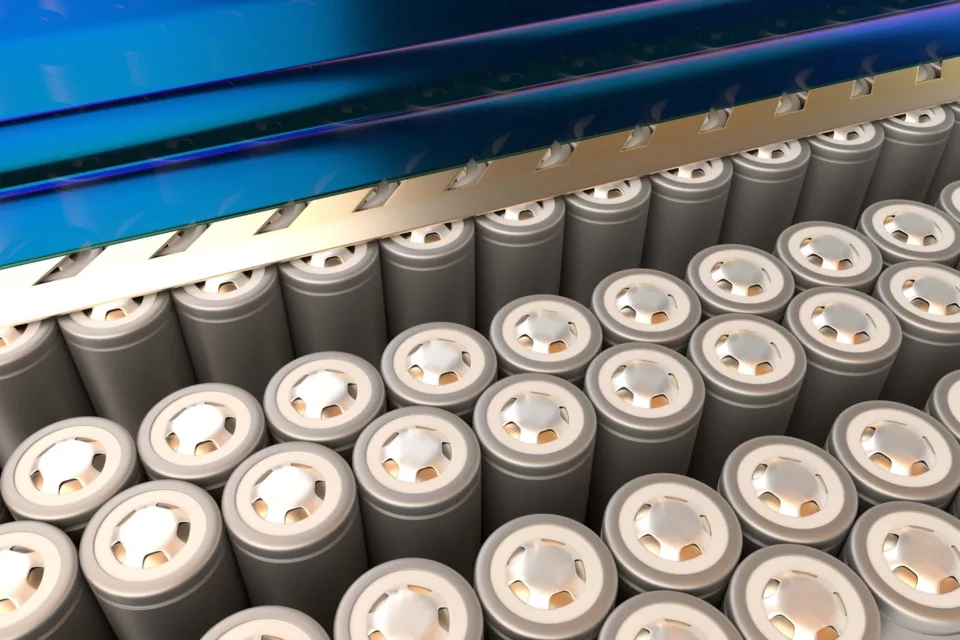
University researchers in China have made a potentially massive breakthrough in battery technology that could make large-scale versions even more affordable and widely available.
According to Interesting Engineering, scientists at the Dalian Institute of Chemical Physics have created new molecules for aqueous organic flow batteries. The new organic redox-active molecules, or ORAMs, could make the battery technology more stable, scalable, and accessible.
Aqueous organic flow batteries, or AOFBs, generate electrical current with components dissolved in liquids stored on opposite sides of a membrane, as Interesting Engineering detailed. The membrane allows for the passage of ions during the charging and discharging of the battery.
Per the news report, most redox flow batteries use precious metals like vanadium, which is incredibly rare, making them difficult to mass-produce. On top of that, many of the ORAMs used in that type of battery have a tendency to deactivate because of side reactions in the battery that occur when the materials used in the battery react with outside elements (the reactions are supposed to occur within the battery), especially when used without the protection of inert gas (per the press release). The instability increases the cost of battery maintenance, because the loss of potential energy creation from side reactions is irreversible.
A team led by Zhang Changkun and Li Xianfang created “novel naphthalene-based derivatives with active hydroxyls and dimethylamine scaffolds,” per Interesting Engineering. These are stable in normal air and can therefore be used in AOFBs with less worry about side reactions or degradation of the battery. Their study found that the battery worked for about 22 days when exposed to continuous airflow “without obvious capacity decay.”
This new technology could make large-scale AOFBs more affordable, durable, and capable of sustaining power over longer periods of time. As we move away from dirty energy sources, new batteries for energy storage are even more important. Recently, researchers created batteries powered by potassium ions, rather than the usual lithium ions. They’ve also made breakthroughs to help transition to renewable energy forms through new liquid batteries as well as salt and air-powered batteries.
The researchers hope that their new findings will allow for more research into the viability of AOFBs and push the technology forward.
“This study is expected to open a new field in the design of air-stable molecular for sustainable and air-stable electrochemical energy storage,” Li said in the press release, per Interesting Engineering.
